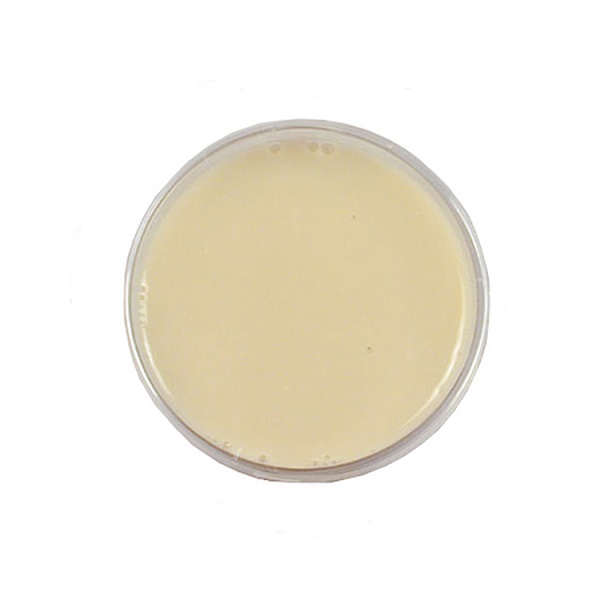Milk agar culture medium is one of the types of non-selective culture medium. This type of culture medium is used to check the micro-organisms in milk or dairy products, and the micro-organisms in milk can be easily counted. Milk agar is a nutrient medium for the growth of microorganisms. After preparation, this culture medium can be tested with a set of microorganisms and their ability to digest

Milk agar culture medium is one of the types of non-selective culture medium. This type of culture medium is used to check the micro-organisms in milk or dairy products, and the micro-organisms in milk can be easily counted. Milk agar is a nutrient medium for the growth of microorganisms. After preparation, this culture medium can be tested with a set of microorganisms and their ability to digest casein protein is checked. Casein is a large insoluble protein in skim milk. If the microorganisms have the ability to digest casein, casein is broken into amino acids and small peptides. The spots formed on the surface of the agar show the areas where the casein has been broken down. Milk agar culture medium is a relatively simple and inexpensive culture medium for use in various experiments.
In this section, we intend to briefly explain how to prepare milk agar culture medium. Milk powder is the primary and vital material for the production of milk agar culture medium. For this, add 5 grams of dry or non-fat milk powder to a clean and dry glass. Then add 50 ml of deionized water to milk powder and mix. Then, in another container, add the mixture of deionized water and agar and finally add the two solutions together. The obtained mixture should be placed in an autoclave at a temperature of 121 degrees Celsius for 15 minutes. Then transfer the obtained culture medium to the petri dish. Before use, enough time should be given for this culture medium to cool and solidify.

A jelly substance derived from agarose polysaccharide, which is prepared by boiling algae (red algae) from them. This substance is present in the wall of this type of algae. Agar can act as a thickener for soup, a substitute for gelatin, preserver of jam, etc. Agar, which is used to prepare culture medium, is in the form of powder and becomes jelly after mixing with water. Then, according to the type of bacteria and microbes that must be grown in the culture medium, other nutrients are added to it.
This culture medium is a simple and cheap medium that is used in most laboratories to perform various experiments. In this culture environment, the ability of different microorganisms to digest casein protein (a large and insoluble protein in skim milk) is investigated. If the casein in milk is broken into amino acids and small peptides, it means that microorganisms have the ability to digest and break them. With this process, spots are seen on the surface of the agar in the parts where the casein is broken.
Hormones and growth factors that exist in the body must be added to the vessel media used for microbiological culture so that the cells can grow and multiply. To introduce these substances to the culture medium in the animal cell, blood serum is added. But this problem does not exist in the milk agar culture medium for the growth of microorganisms due to its single cell. Another difference is that in animal cells, the growth of these cells is carried out on a flat surface, and with the formation of a liquid environment, the cells are placed inside them and grow. But in the milk agar culture medium, bacteria (such as Escherichia coli) can be grown and multiplied in both liquid and solid medium.

Of course, there are different divisions for the cultivation environment. In one case, it is divided into two types of natural (blood) and artificial (handmade) culture media. In another way, we have three types of solid, liquid and semi-solid culture media. Solid culture mediums are called agar, which are done in Petri dishes (plates). Another division is based on their type of use (such as blood agar). Another type in this division is the milk agar culture medium. Also, agar can act as a thickener for soup, a substitute for gelatin, a preservative for jam, etc. Agar, which is used to prepare culture medium, is in the form of powder and becomes jelly after mixing with water. Then, according to the type of bacteria and microbes that must be grown in the culture medium, other nutrients are added to it.
